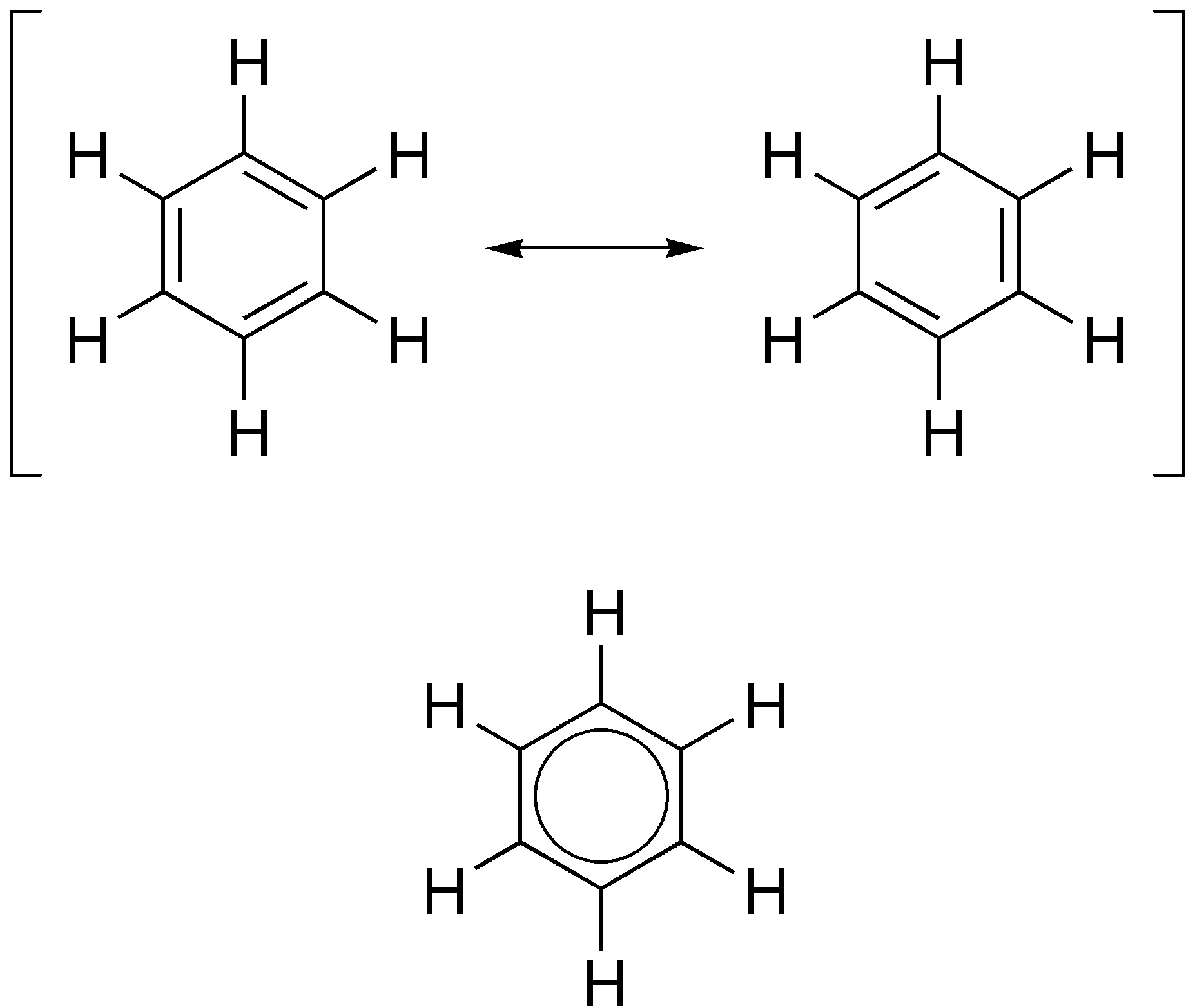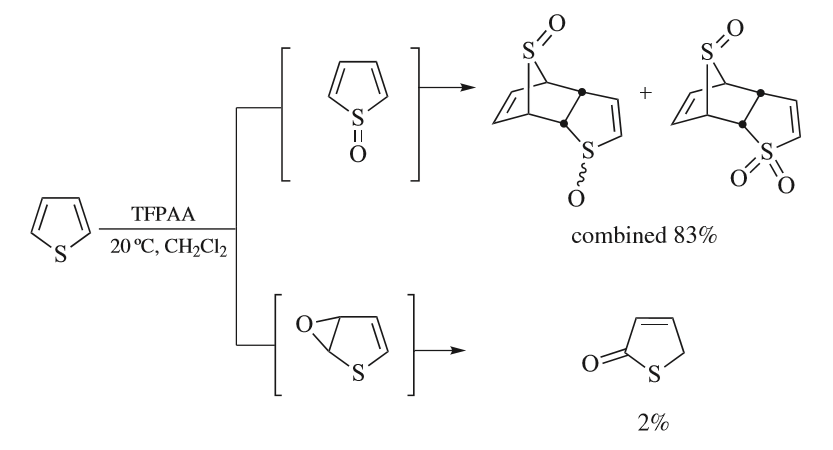|
(2Z,4Z,6Z,8Z)-Thionine
(2''Z'',4''Z'',6''Z'',8''Z'')-Thionine or Thionine is an unsaturated heterocycle of nine atoms, with a sulfur replacing a carbon at one position. Thionine is a partially aromatic compound. D. O. Tymoshenko See also * Azonine * Thiepine * Cyclononatetraene * Thiophene * OxonineReferences Sulfur heterocycles Simple aromatic rings Heterocyclic compounds with 1 ring Nine-membered rings {{Heterocyclic-stub ...[...More Info...] [...Related Items...] OR: [Wikipedia] [Google] [Baidu] |
Heterocycle
A heterocyclic compound or ring structure is a cyclic compound that has atoms of at least two different elements as members of its ring(s). Heterocyclic organic chemistry is the branch of organic chemistry dealing with the synthesis, properties, and applications of organic heterocycles. Examples of heterocyclic compounds include all of the nucleic acids, the majority of drugs, most biomass (cellulose and related materials), and many natural and synthetic dyes. More than half of known compounds are heterocycles. 59% of US FDA-approved drugs contain nitrogen heterocycles. Classification The study of organic heterocyclic chemistry focuses especially on organic unsaturated derivatives, and the preponderance of work and applications involves unstrained organic 5- and 6-membered rings. Included are pyridine, thiophene, pyrrole, and furan. Another large class of organic heterocycles refers to those fused to benzene rings. For example, the fused benzene derivatives of p ... [...More Info...] [...Related Items...] OR: [Wikipedia] [Google] [Baidu] |
Azonine
Azonine is an unsaturated heterocycle of nine atoms, with a nitrogen replacing a carbon at one position. A variety of derivatives have been synthesised. It is considered to possess a considerable amount of aromatic stability. It and C9H9– are the largest monocyclic all-''cis'' ring systems to be aromatic and close to planar. Due to a balance between angle strain (~20°) and aromaticity, a planar conformation and distorted conformation are very close in energy and the two are observable as an equilibrium mixture in the solution phase in acetone. Furthermore, the presence of substituents or nearby cations strongly influences the conformation. See also * Azepine * Pyrrole * Cyclononatetraene * (2Z,4Z,6Z,8Z)-Thionine * Oxonine References Nitrogen heterocycles Simple aromatic rings Heterocyclic compounds with 1 ring Nine-membered rings {{Heterocyclic-stub ... [...More Info...] [...Related Items...] OR: [Wikipedia] [Google] [Baidu] |
Oxonine
Oxonine is an unsaturated heterocycle of nine atoms, with an oxygen replacing a carbon at one position. Oxonine is a nonaromatic compound. D. O. Tymoshenko See also * * * * * |
Sulfur
Sulfur ( American spelling and the preferred IUPAC name) or sulphur ( Commonwealth spelling) is a chemical element; it has symbol S and atomic number 16. It is abundant, multivalent and nonmetallic. Under normal conditions, sulfur atoms form cyclic octatomic molecules with the chemical formula S8. Elemental sulfur is a bright yellow, crystalline solid at room temperature. Sulfur is the tenth most abundant element by mass in the universe and the fifth most common on Earth. Though sometimes found in pure, native form, sulfur on Earth usually occurs as sulfide and sulfate minerals. Being abundant in native form, sulfur was known in ancient times, being mentioned for its uses in ancient India, ancient Greece, China, and ancient Egypt. Historically and in literature sulfur is also called brimstone, which means "burning stone". Almost all elemental sulfur is produced as a byproduct of removing sulfur-containing contaminants from natural gas and petroleum.. Downloahere Th ... [...More Info...] [...Related Items...] OR: [Wikipedia] [Google] [Baidu] |
Carbon
Carbon () is a chemical element; it has chemical symbol, symbol C and atomic number 6. It is nonmetallic and tetravalence, tetravalent—meaning that its atoms are able to form up to four covalent bonds due to its valence shell exhibiting 4 electrons. It belongs to group 14 of the periodic table. Carbon makes up about 0.025 percent of Earth's crust. Three Isotopes of carbon, isotopes occur naturally, carbon-12, C and carbon-13, C being stable, while carbon-14, C is a radionuclide, decaying with a half-life of 5,700 years. Carbon is one of the timeline of chemical element discoveries#Pre-modern and early modern discoveries, few elements known since antiquity. Carbon is the 15th abundance of elements in Earth's crust, most abundant element in the Earth's crust, and the abundance of the chemical elements, fourth most abundant element in the universe by mass after hydrogen, helium, and oxygen. Carbon's abundance, its unique diversity of organic compounds, and its unusual abi ... [...More Info...] [...Related Items...] OR: [Wikipedia] [Google] [Baidu] |
Aromatic
In organic chemistry, aromaticity is a chemical property describing the way in which a conjugated system, conjugated ring of unsaturated bonds, lone pairs, or empty orbitals exhibits a stabilization stronger than would be expected from conjugation alone. The earliest use of the term was in an article by August Wilhelm Hofmann in 1855. There is no general relationship between aromaticity as a chemical property and the olfaction, olfactory properties of such compounds. Aromaticity can also be considered a manifestation of cyclic delocalization and of Resonance (chemistry), resonance. This is usually considered to be because electrons are free to cycle around circular arrangements of atoms that are alternately single- and double-covalent bond, bonded to one another. This commonly seen model of aromatic rings, namely the idea that benzene was formed from a six-membered carbon ring with alternating single and double bonds (cyclohexatriene), was developed by Friedrich August Kekulé ... [...More Info...] [...Related Items...] OR: [Wikipedia] [Google] [Baidu] |
Thiepine
In organic chemistry, thiepine (or thiepin) is an unsaturated seven-membered heterocyclic compound, with six carbon atoms and one sulfur atom. The parent compound, C6H6S is unstable and is predicted to be antiaromatic. Bulky derivatives have been isolated and shown by X-ray crystallography to have nonplanar C6S ring. Computational studies suggest that thiepine would eliminate a sulfur atom to form benzene. The intermediate is this process is the bicycle thianorcaradiene. In the complex with (η4-C6H6S)Fe(CO)3, the ring is stable. Benzothiepines have one fused benzene group and ''dibenzothiepines'' such as dosulepin and zotepine have two fused benzene groups. Damotepine is another thiepin derivative. See also * Thiazepines Thiazepines are substituted thiepins, with a nitrogen replacing a carbon in the seven-membered heterocyclic compound. Depending on the location of the nitrogen, one distinguishes 1,3-thiazepine and 1,4-thiazepine. Benzothiazepines have a single ... * ... [...More Info...] [...Related Items...] OR: [Wikipedia] [Google] [Baidu] |
Cyclononatetraene
Cyclononatetraene is an organic compound with the formula C9H10. It was first prepared in 1969 by protonation of the corresponding aromatic anion (described below). It is unstable and isomerizes with a half-life of 50 minutes at room temperature to 3a,7a-dihydro-1''H-''indene via a thermal 6π disrotatory electrocyclic ring closing. Upon exposure to ultraviolet light, it undergoes a photochemical 8π electrocyclic ring closing to give bicyclo[6.1.0]nona-2,4,6-triene. Cyclononatetraenyl anion Cyclononatetraenyl anion is a 10π aromatic system. Two isomers of the cyclononatetraenyl anion are known: the ''trans'',''cis'',''cis'',''cis'' isomer ("Pac-Man (character), Pac-Man"-shaped) and the all-''cis'' isomer (a convex enneagon). The former is less stable and isomerizes to the latter upon warming from –40 °C to room temperature. The all-''cis'' isomer of C9H9− can be prepared by treatment of 9-chlorobicyclo[6.1.0]nona-2,4,6-triene (1) with lithium or potassium metal. D ... [...More Info...] [...Related Items...] OR: [Wikipedia] [Google] [Baidu] |
Thiophene
Thiophene is a heterocyclic compound with the formula C4H4S. Consisting of a planar five-membered ring, it is aromatic as indicated by its extensive substitution reactions. It is a colorless liquid with a benzene-like odor. In most of its reactions, it resembles benzene. Compounds analogous to thiophene include furan (C4H4O), selenophene (C4H4Se) and pyrrole (C4H4NH), which each vary by the heteroatom in the ring. Isolation and occurrence Thiophene was discovered by Viktor Meyer in 1882 as a contaminant in benzene. It was observed that isatin (an indole) forms a blue dye if it is mixed with sulfuric acid and crude benzene. The formation of the blue indophenin had long been believed to be a reaction of benzene itself. Viktor Meyer was able to isolate thiophene as the actual substance responsible for this reaction. Thiophene and especially its derivatives occur in petroleum, sometimes in concentrations up to 1–3%. The thiophenic content of oil and coal is removed via the h ... [...More Info...] [...Related Items...] OR: [Wikipedia] [Google] [Baidu] |
Sulfur Heterocycles
Sulfur (American spelling and the preferred IUPAC name) or sulphur ( Commonwealth spelling) is a chemical element; it has symbol S and atomic number 16. It is abundant, multivalent and nonmetallic. Under normal conditions, sulfur atoms form cyclic octatomic molecules with the chemical formula S8. Elemental sulfur is a bright yellow, crystalline solid at room temperature. Sulfur is the tenth most abundant element by mass in the universe and the fifth most common on Earth. Though sometimes found in pure, native form, sulfur on Earth usually occurs as sulfide and sulfate minerals. Being abundant in native form, sulfur was known in ancient times, being mentioned for its uses in ancient India, ancient Greece, China, and ancient Egypt. Historically and in literature sulfur is also called brimstone, which means "burning stone". Almost all elemental sulfur is produced as a byproduct of removing sulfur-containing contaminants from natural gas and petroleum.. Downloahere The greates ... [...More Info...] [...Related Items...] OR: [Wikipedia] [Google] [Baidu] |
Simple Aromatic Rings
Simple aromatic rings, also known as simple arenes or simple aromatics, are aromatic organic compounds that consist only of a conjugated system, conjugated planar ring system. Many simple aromatic rings have trivial names. They are usually found as substructures of more complex molecules ("substitution (chemistry), substituted aromatics"). Typical simple aromatic compounds are benzene, indole, and pyridine. Simple aromatic rings can be heterocyclic if they contain non-carbon ring atoms, for example, oxygen, nitrogen, or sulfur. They can be monocyclic as in benzene, bicyclic as in naphthalene, or polycyclic as in anthracene. Simple monocyclic aromatic rings are usually five-membered rings like pyrrole or six-membered rings like pyridine. Fused bicyclic molecules consist of two rings that are connected by shared edges. Heterocyclic aromatic rings The nitrogen (N)-containing aromatic rings can be separated into basic aromatic rings that are easily protonation, protonated, and form ... [...More Info...] [...Related Items...] OR: [Wikipedia] [Google] [Baidu] |







